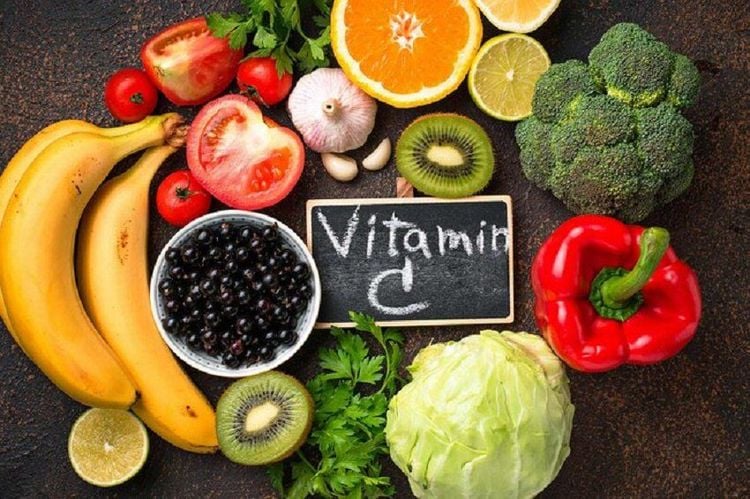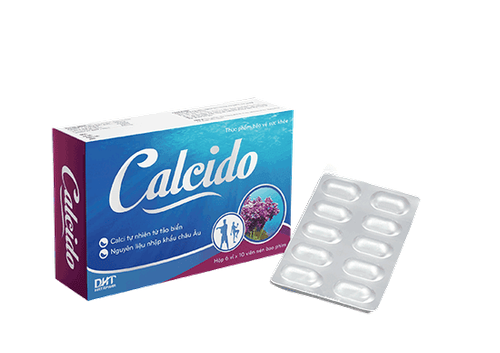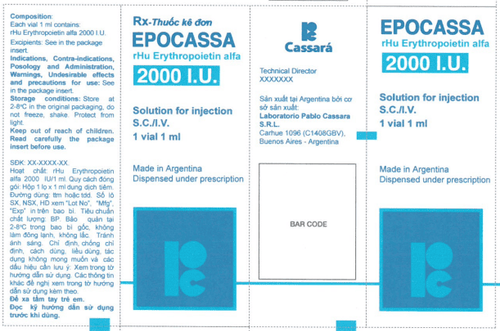This is an automatically translated article.
The article was written by Doctor Ho Thi Anh Thu - Neonatologist - Department of Pediatrics - Neonatology - Vinmec Nha Trang International General Hospital6 months is the ideal time to introduce your baby to solid foods. Weaning foods should be introduced first, one at a time, every few days, to determine if your child is allergic. When babies eat raw, they shouldn't consume more than 28 to 32 ounces (826 to 896 milliliters) of formula per day. Breastfed babies can continue to breastfeed on demand.
1. Let your baby get used to cereals
In baby food, five idiots are a good choice. Single-grain cereals (eg just one grain like rice flour, oats...) because they provide extra calories and iron. Babies usually eat rice flour first because it is widely available and is least likely to cause an allergic reaction. Oatmeal is another good choice. Wheat products (in the form of cereals or other foods) can be given to babies as young as 6 months old.Cereals can add breast milk, formula or water. The original dough should be thinner and thicker over time. Infant cereal should be spoon-fed in small amounts (one teaspoon [5mL]) initially at the end of breast- or bottle-feeding. Feeding with a spoon helps develop baby's coordination of mouth movements and swallowing as well as enhances pronunciation later in life. Gradually increase cereal intake to two tablespoons (30mL) two to three times daily when your baby is 8 to 10 months old and four times daily when your baby is 12 months old.
If your child refuses or shows no interest in the cereal, try again the next day using a thinner mixture. Cereal should not be put in a jar unless your doctor advises it to be a method of thickening milk for gastroesophageal reflux disease (GER). Feeding your baby cereal in a jar may prevent your child from learning to eat with a spoon.
Most parents expect their baby to sleep through the night. However, there is no data to show that giving cereals to babies under 4 to 6 months of age helps babies sleep better.
2. Processed foods
Single-ingredient processed foods, including meat, vegetables and fruit, should be introduced one at a time, every few days. If your child has no signs or symptoms of an allergic reaction, a second food can be added. Signs and symptoms of a food allergy include hives, facial swelling, vomiting, diarrhea, cough, wheezing, shortness of breath, fatigue, or pale skin.The purpose of starting solids is to expose your baby to new flavors and textures of foods. So let your child eat little by little and pay attention to the texture of the food, to avoid choking or choking.

Sử dụng thực phẩm ăn dặm cho bé đã được chế biến sẵn
After the baby eats the first solid food well, the food should be ground or sifted and no seasoning (salt, sugar) added. Combination foods can be given to the child after the individual foods are tolerated. When thinner powders are tolerated, food can be thickened. This is followed by a combination of foods, some with textures to encourage chewing. Some foods may be less spicy, but do not add salt or sugar.
3. Safety issues with prepared foods
For baby food, parents need to pay attention to the following storage issues:After opening the jar or food container, store it carefully to avoid spoilage. According to most manufacturers, food that is sealed two to three days after opening should be thrown away. The food in the jar can be kept cold, room temperature, or warm. You may choose to make your own baby food for a variety of reasons (e.g. freshness, variety and texture, cost, avoidance of preservatives, etc.). It is important to be careful when preparing certain foods at home. Homemade spinach, beets, green beans, squash and carrots should not be given to babies under four months of age, as they may contain enough of a chemical (nitrate) that causes a decrease in oxygen levels in the blood. blood (methemoglobin). Once your baby is able to feed himself, he can eat a variety of "adult" foods, including soft, finely chopped foods. Foods with a choking hazard are not recommended for children under 4 years of age. These foods include hot dogs, peanuts, nuts, grapes, raisins, raw carrots, popcorn, and candy bars. Fruit juices should be given to babies when they're over 12 months old. Before 12 months of age, it is not necessary for children to drink juice.
4. Vitamin and mineral supplement for children
4.1. Iron Iron deficiency is the most common nutrient deficiency. The amount of iron needed depends on your baby's gestational age and birth weight.Premature babies who are very low birth weight and at risk for iron deficiency need iron supplements (in the form of multivitamin drops) starting at one month of age and continuing until your baby is at least 12 months old.
Full-term babies who drink formula usually don't need extra iron. After 6 months of age, full-term breastfed babies may not get enough iron from breast milk alone. At this point, some form of iron supplement (e.g. iron-fortified baby cereal) is essential. On average, two servings of iron-fortified cereal a day (60g dry cereal per serving) is enough to meet a child's daily iron requirement. Extra iron can be provided (in the form of multivitamin drops) if children are not consuming enough iron-fortified cereals.
After eating, at least once daily, children should eat foods rich in vitamin C (eg, citrus fruits and juices, strawberries, tomatoes and dark green vegetables) to promote iron absorption from iron-rich foods like ground meat.

Thực phẩm giàu vitamin C có thể kết hợp với thực phẩm ăn dặm cho bé
4.3. Vitamin B12 The body needs a source of vitamin B12 to maintain blood cells, meat, eggs and dairy products are the only food sources of vitamin B12. Low levels of vitamin B12 can lead to anemia, growth retardation, and other problems.
Multivitamin supplements, including B12, are recommended for nursing infants and strict vegetarian mothers or families with vegetarian infants. Vitamin B12 is found in most baby vitamin pills, most ready-to-eat cereals, meat substitutes, and some milk alternatives. Soy milk is a rich source of vitamin B12 for children.
4.4. Vitamin D The body needs vitamin D to absorb calcium and phosphorus, which are essential minerals for the formation of bones. Insufficient vitamin D intake in children can lead to rickets, which makes bones fragile and fragile.
All infants, including breastfed or bottle-fed infants, should receive 400 IU of vitamin D daily, starting from the days following birth. Vitamin D is found in most vitamin drops for children.
Besides the above substances, parents also need to supplement their children with essential micro-minerals such as zinc, lysine, chromium, selenium, vitamin B1, ... to fully meet the nutritional needs of children. The addition of these essential vitamins also supports digestion, enhances nutrient absorption, improves anorexia, and helps children eat well. Parents can simultaneously apply dietary supplements and functional foods derived from nature for easy absorption. Do not forget to regularly visit the website vimec.com to update useful baby care information.
REFERENCE
Texas Children's Hospital Pediatric Nutrition Reference Guide, 12th ed, Beaver B, Carvalho-Salemi J, Hastings E, et al (Eds), Texas Children's Hospital, Houston, TX 2019. Greer FR, Shannon M, American Academy of Pediatrics Committee on Nutrition, American Academy of Pediatrics Committee on Environmental Health. Infant methemoglobinemia: the role of dietary nitrate in food and water. Pediatrics 2005; 116:784. American Academy of Pediatrics Committee on Nutrition. Complementary feeding. In: Pediatric Nutrition, 8th ed, Kleinman RE, Greer FR (Eds), American Academy of Pediatrics, Itasca, IL 2019. p.163. Clark MB, Slayton RL, Section on Oral Health. Fluoride use in care prevention in the primary care setting. Pediatrics 2014; 134:626. Misra M, Pacaud D, Petryk A, et al. Vitamin D deficiency in children and its management: review of current knowledge and recommendations. Pediatrics 2008; 122:398.














